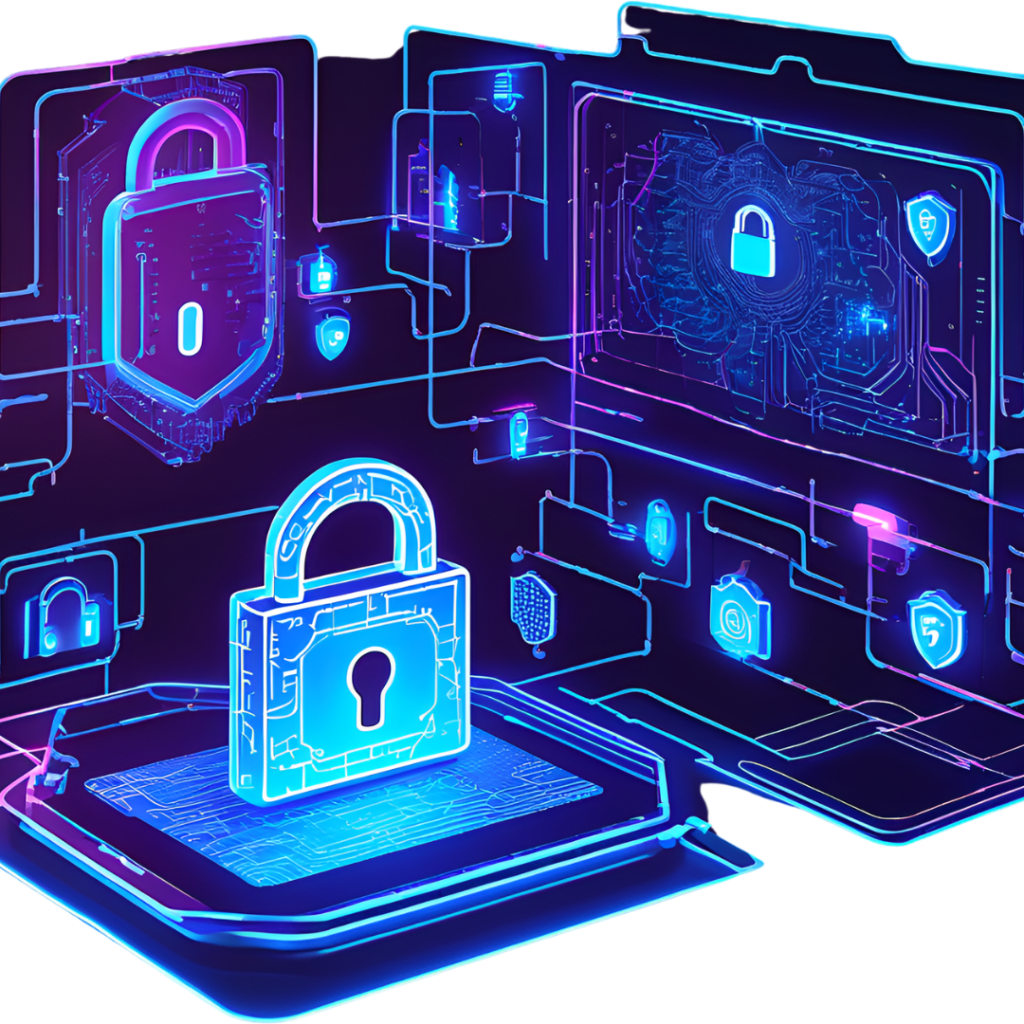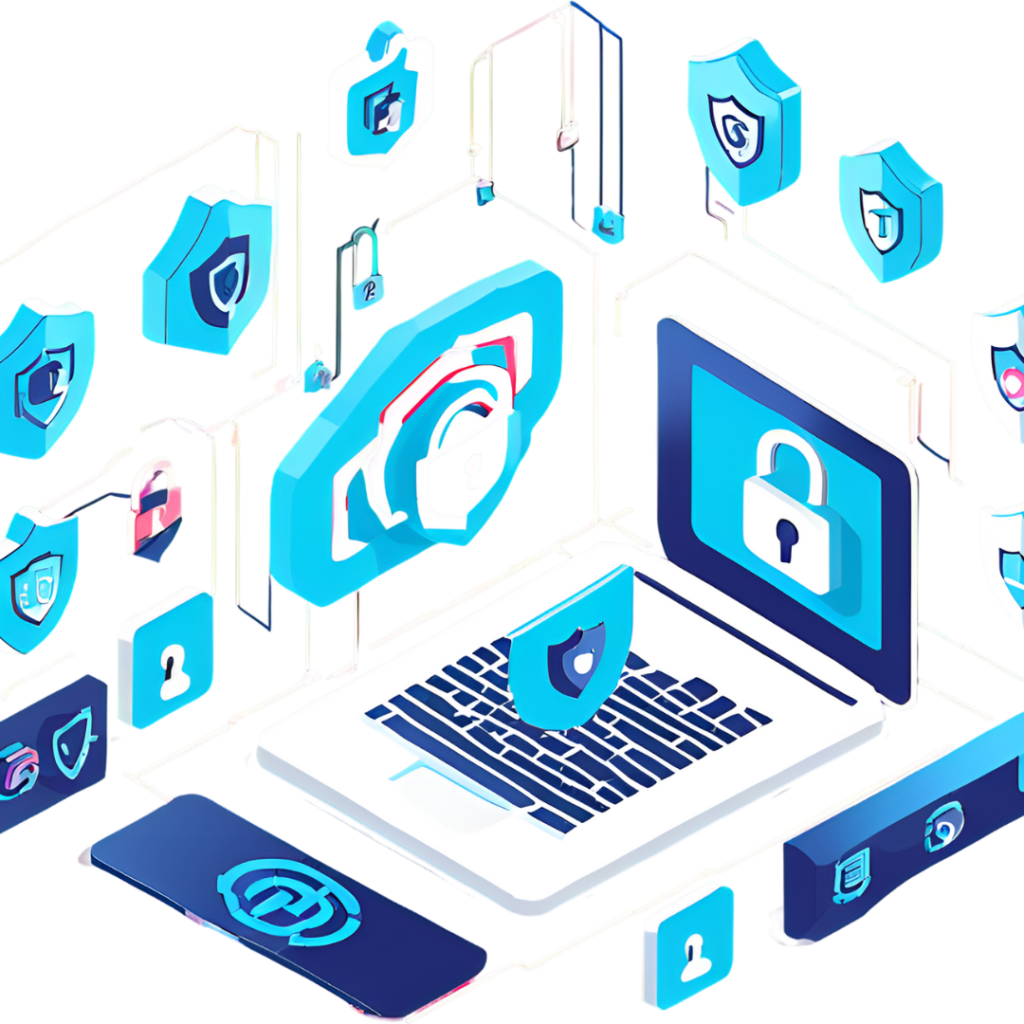In today’s interconnected world, businesses and organizations face an ever-growing landscape of cyber threats. A robust Digital Security Department must utilize a multifaceted approach, employing a range of tools and strategies to safeguard sensitive data, secure communications, and protect operational integrity. While Virtual Private Networks (VPNs) are powerful, other technologies and practices are equally essential. Let’s explore a comprehensive security framework to enhance your organization’s digital resilience.
Building a Holistic Digital Security Strategy
Regular Security Audits and Vulnerability Assessments Proactive identification of weaknesses within your systems can prevent potential breaches. Conducting regular security audits and employing automated vulnerability scanning tools help your security team stay ahead of threats.
Multi-Factor Authentication (MFA) for Access Control Ensuring that only authorized users access sensitive systems is critical. Multi-Factor Authentication (MFA) adds an additional layer of security by requiring users to provide two or more verification factors, reducing the risk of unauthorized access due to compromised passwords.
Data Encryption for End-to-End Protection Beyond VPN encryption, securing data at rest and in transit is vital. Implementing robust encryption standards protects sensitive information, making it unreadable to unauthorized users even if they gain access to the data.

VPNs continue to play a vital role in digital security by encrypting internet traffic and masking IP addresses. However, their true strength lies in being part of a comprehensive security architecture that integrates the additional strategies outlined above. Using VPNs alongside endpoint protection, robust access controls, and proactive monitoring systems creates a layered defense against evolving threats.
Firewalls and Intrusion Detection Systems (IDS) Firewalls act as the first line of defense by monitoring and filtering incoming and outgoing traffic. Intrusion Detection Systems (IDS) provide real-time analysis, alerting your team to suspicious activity and potential intrusions.
Endpoint Security Solutions Protecting individual devices, such as laptops, mobile phones, and IoT devices, is crucial. Endpoint security solutions include antivirus software, device encryption, and mobile device management (MDM) tools to prevent breaches at the device level.
Secure Cloud Storage and Data Backup Policies Many organizations store critical data in the cloud. Implementing secure cloud storage solutions with strong encryption and regularly backing up data ensures business continuity in the event of a cyberattack or system failure.
User Awareness and Training Programs Human error remains one of the leading causes of security breaches. Regular cybersecurity training for employees fosters a culture of awareness and teaches best practices, such as recognizing phishing attempts and creating strong passwords.
Zero Trust Architecture (ZTA) Adopting a Zero Trust model assumes that threats exist both outside and inside the network. ZTA requires strict identity verification and limits user permissions to the minimum necessary, reducing the risk of internal threats.
Lorem ipsum dolor sit amet, consectetur adipisicing elit, sed do eiusmod tempor incididunt ut labore et dolore magna aliqua. Ut enim ad minim veniam, quis nostrud exercitation.
Peter Jackson
Choosing the Right Suite of Tools for Your Security Department
When building or enhancing your Digital Security Department’s toolkit, consider the following key attributes:
Ease of Use: Tools that are easy to deploy and manage improve adoption and effectiveness.
Comprehensive Integration: Tools that work seamlessly together enhance efficiency and reduce vulnerabilities.
Real-Time Monitoring and Response: Automated threat detection with rapid response capabilities minimizes damage.
Scalability and Customization: Security solutions must grow with your organization’s needs.


Securing your organization in an age of sophisticated cyber threats requires a holistic approach. While VPNs remain essential, a well-rounded digital security strategy incorporates multiple layers of defense. By integrating MFA, data encryption, proactive monitoring, and comprehensive training, your Digital Security Department can build a resilient security framework that adapts to the evolving landscape of cyber risks. Invest in a robust security culture to protect your organization’s future.




